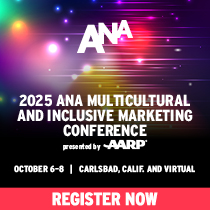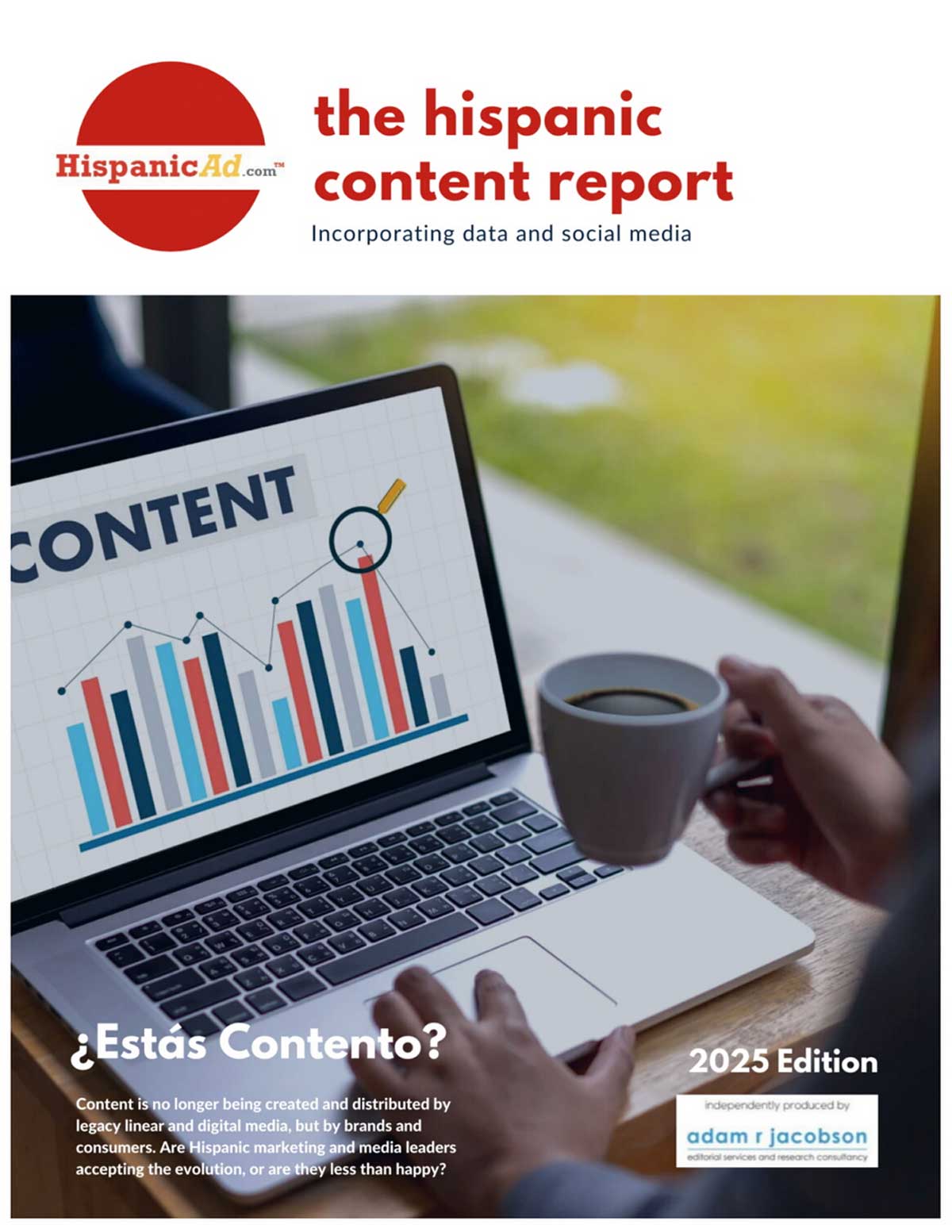Can Multicultural Marketing Happen in 140 Characters or Less?
March 1, 2011
In the past two decades, two phenomena changed the face of marketing: multicultural marketing and new media. Multicultural marketing has changed the way marketers define who the consumer is, and new media has increased the possible ways to reach the consumer. Both have broadened the possibilities of marketing.
Ignoring cultural diversity when it comes to marketing is the equivalent of ignoring over a third of the US population and over a trillion dollars in buying power. It is simply not good business sense to ignore these realities. The fact that companies must speak to the multicultural audience for their marketing efforts to be thorough is clear. The next step is finding the best ways to target the multicultural consumer.
Over the past few years, a number of studies have documented the media consumption habits of ethnic minorities (Korzenny, 2008; La Ferle and Lee, 2008; Villareal and Peterson, 2008). These studies have pinpointed certain types of media that ethnic minorities are more likely to use than non-Hispanic whites. Ethnic minorities spend more hours per day reading newspapers and talking on their cell phones than non-Hispanic whites, and they are also more likely to have their own blog. Though these commonalities exist, marketers should resist the urge to think that every member of an ethnic group can be reached through the same media outlet or even through the same message. For instance, Villareal and Peterson note the difference between being of Hispanic origin and possessing “Hispanicness”, a distinction that should affect the way that marketers target individuals falling in each category.
The aforementioned studies focused on the use of traditional media. With the fast proliferation of new technologies, it also becomes imperative to document the ways in which ethnic minorities use new media. Singh et al. (2008) found that Hispanics with low levels of acculturation prefer websites that include some content in Spanish. Becerra and Kraognakar (2010) found that Hispanics have more positive attitudes than the general population towards online advertising in the form of pop-ups, banner ads, and e-mail.
Research is lacking when it comes to the online habits of other ethnic minorities, and also when it comes to social networking. Social networks can be a powerful marketing tool since aside from being free, they can be easily updated and allow interaction with the consumer. If used effectively, a social network can deliver information to thousands of consumers free of cost every day. For instance, the clothing retailer American Eagle Outfitters has over 3.8 million fans on Facebook and over 60,000 followers on Twitter. These numbers warrant research: does the use of social networks when it relates to shopping vary across ethnic minorities? Does the multicultural consumer actively seek information on social networking websites before making a purchase? Does the use of social networks to gather information correlate to the likelihood of shopping online instead of in-store?
Another issue arises in relation to brands’ use of social networks: the use of culturally relevant messages. Going back to the example of American Eagle Outfitters, the company has a single Facebook page to reach its US customers and a single Twitter page. The same message is directed to the over 3 million users that follow the company over these social networks without any differentiation based on culture or on any other factor. This begs the question: can a cookie-cutter message effectively target all ethnic groups?
La Ferle and Lee (2008) found that while ethnic media reaches the multicultural consumer, these groups also consume mainstream media. Oakenfull et al. (2008) also note that targeting the gay and lesbian audience solely through niche media only reaches a small portion of this audience, making mainstream media a better choice for reaching a larger percentage. Both of these studies suggest incorporating the use of mainstream media into the multicultural marketing mix, but they also recommend incorporating symbolism that will be recognized by members of the target audience as a nod to their culture (what David Morse would call a “wink”). Based on personal observation, brands who engage in social networking use very general messages when they post on their pages. After all, how can you “wink” in 140 characters or less?
The question remains: are brands engaging the multicultural consumer through their social networking efforts? And if so, does this translate into an increase in online sales?
Sully Moreno
Student
Florida State University
References
Enrique P. Becerra and Pradeep K. Kraognakar, “The Influence of Ethnic Identification in Digital Advertising: How Hispanic Americans’ Response to Pop-Up, E-mail, and Banner Advertising Affect Online Purchase Intentions,” Journal of Advertising Research 50 (2010): 279-291, accessed February 20, 2011, DOI: 10.2501/S0021849910091440.
Felipe Korzenny, “Multicultural Marketing and the Reasons Why,” Journal of Advertising Research 48 (2008): 173-176, accessed February 20, 2011, DOI: 10.250VS0021849908080203.
Carrie La Ferle and Wei-Na Lee, “Can English Language Media Connect with Ethnic Audiences? Ethnic Minorities’ Media Use and Representation Perceptions,” Journal of Advertising Research 48 (2008): 140-153, accessed February 20, 2011, DOI: 10.1017/S002184990505004X.
Gillian K. Oakenfull, Michael S. McCarthy, Timothy B. Greenlee, “Targeting a Minority without Alienating the Majority: Advertising to Gays and Lesbians in Mainstream Media,” Journal of Advertising Research 48 (2008): 191-198, accessed February 20, 2011, DOI: 10.2501/S0021849908080239.
Nitish Singh, Daniel W. Baack, Arun Pereira, and Donald Baack, “Culturally Customizing Websites for Hispanic Online Consumers,” Journal of Advertising Research 48 (2008): 224-234, accessed February 20, 2011, DOI: 10.2501/S0021849908080264.
Ricardo Villareal and Robert A. Peterson, “Hispanic Ethnicity and Media Behavior,” Journal of Advertising Research 48 (2008): 179-190, accessed February 20, 2011, DOI: 10.2501/S0021849908080227.





























